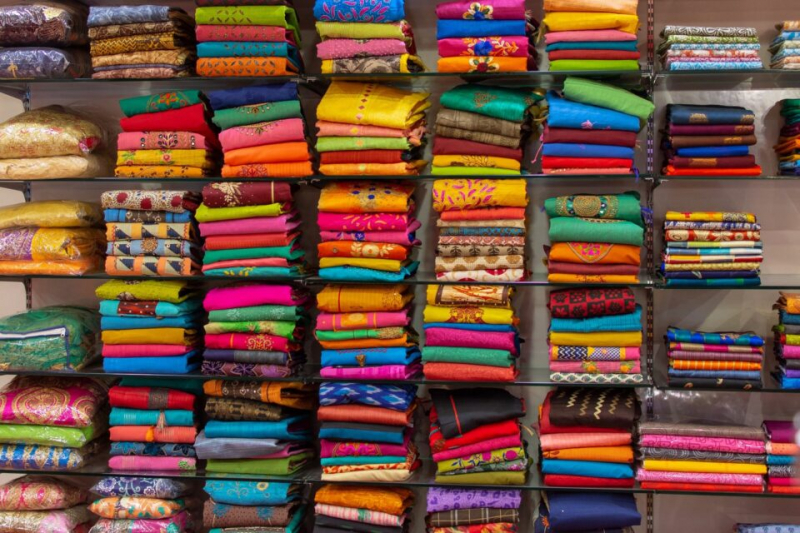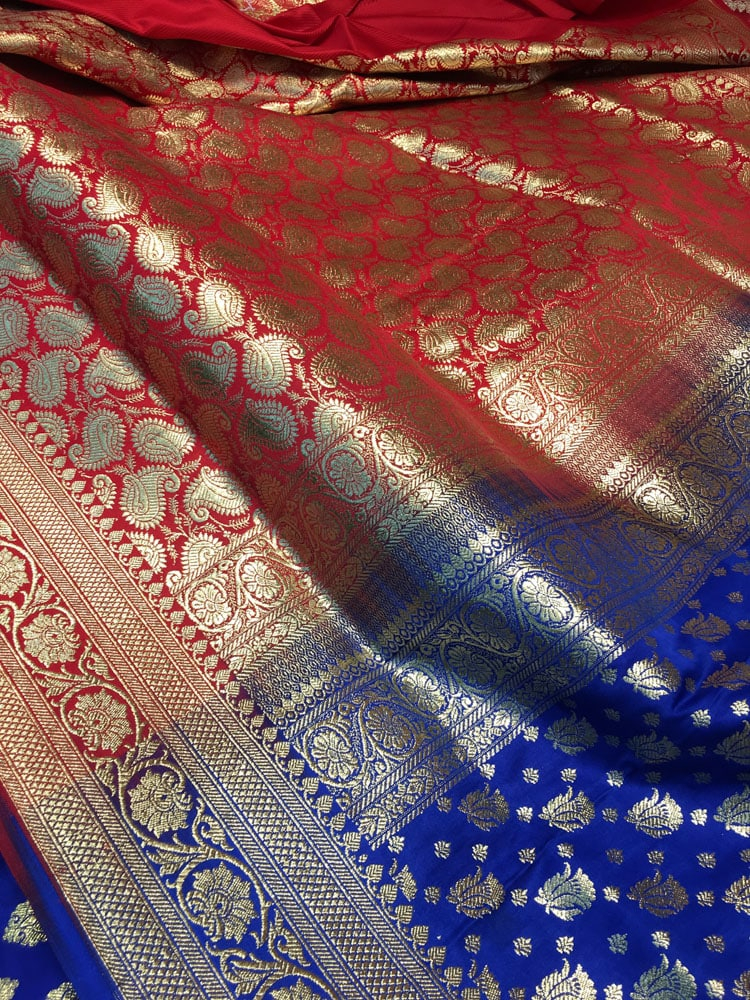Textiles
The Nakshi Kantha is a centuries-old quilt embroidery technique that is thought to have originated in eastern Bengal (i.e., Bangladesh). The sari is the traditional clothing for women in Bangladesh. The best Muslin saris, as well as the renowned Dhakai and Jamdani, whose weaving is classified by UNESCO as one of the pinnacles of humanity's intangible cultural heritage, were produced in Mughal Dhaka. Rajshahi silk is also produced in Bangladesh. Bangladeshi women also frequently don the shalwar kameez.
Some women can be spotted wearing western attire in urban areas. The lungi and dhoti are the men of Bangladesh's everyday wear; the kurta and sherwani are their traditional attire. Men in the nation typically dress in locally designed suits and neckties at offices, schools, and on social occasions, in addition to ethnic clothing. It is one of the unique cultural characteristics in Bangladesh.
60–65% of the nation's clothing needs are met by the handloom sector. The Bengali ethnic apparel market has thrived in the ever-changing fashion landscape. One of the most popular ethnic clothing brands in South Asia is the shop Aarong. Modern Western clothing is now produced and sold locally thanks to the growth of Bangladesh's textile sector, which supplies top international brands. Today, the nation boasts a variety of growing regional brands, including Westecs and Yellow. Bangladesh is the second-largest exporter of clothing worldwide. Bibi Russell, a fashion designer from Bangladesh, has won praise abroad for her "Fashion for Development" runway displays.












